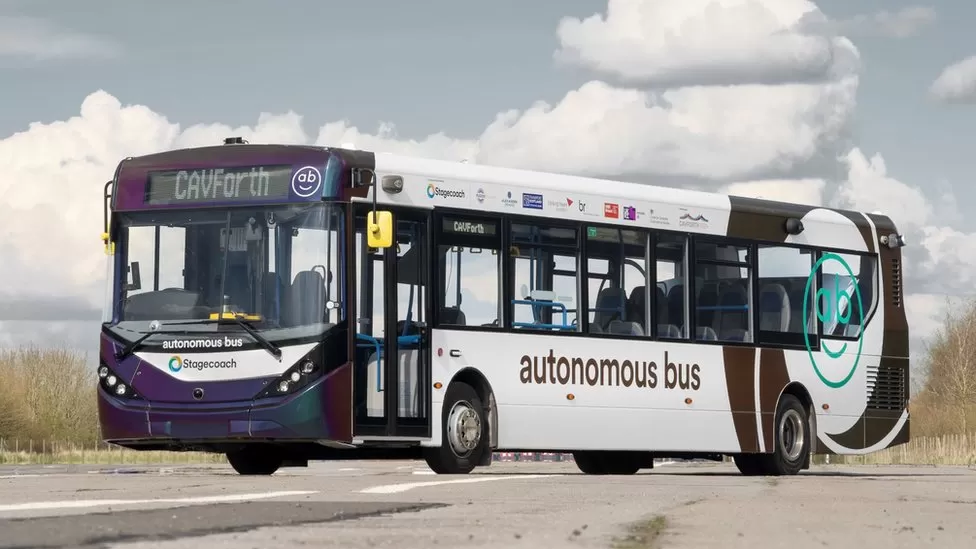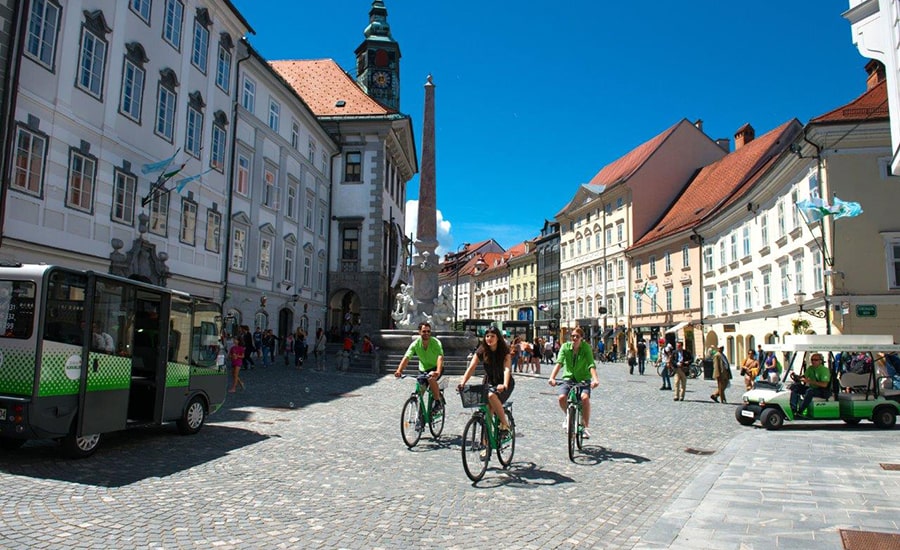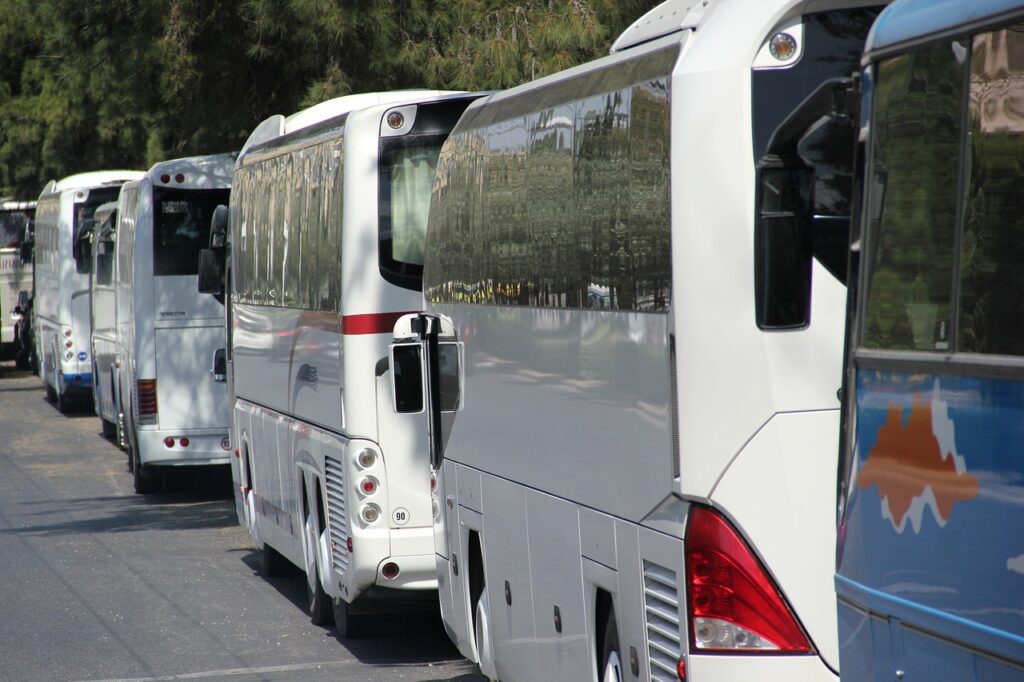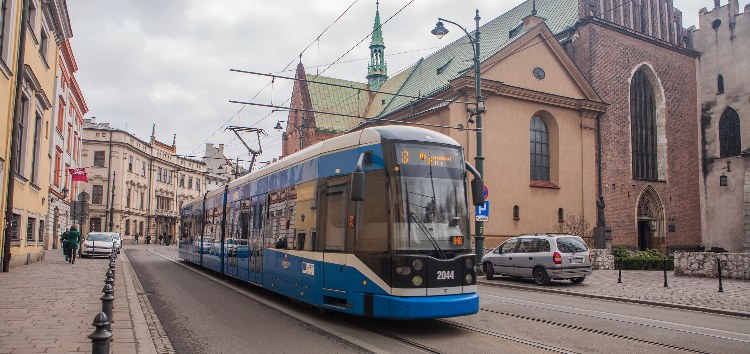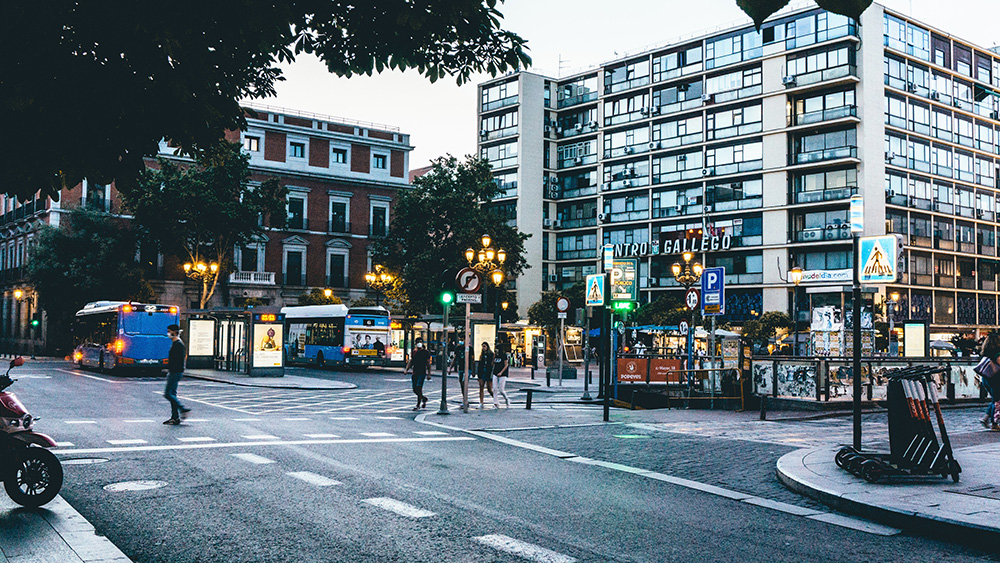Programme in London Borough of Lewisham promotes greenery and clean mobility
The London Borough of Lewisham plans to transform its streets to make them safer and cleaner, and a place that welcomes walking and cycling. The Council’s main motivation is to improve air quality and road safety, as well as to reduce the number of cars and vans that dominate the district’s streets.
The council’s Sustainable Streets Programme aims to plant more trees, install bicycle parking hangars and provide charging options for electric vehicles on its streets. Car parking will be restricted around junctions and a new parking permit scheme for residents and businesses will give priority to local people. Today, about 60% of road space in Lewisham is taken up by car parking, even though half of the borough’s population does not even own a car. Residents will be able to have their say about the proposed changes as the council is to consult them on ideas and measures.
Lewisham plans to introduce the changes using a stepwise approach, starting with roads in two areas, Deptford and Catford/Crofton Park. Here, the council wants to install around 500 bicycle parking spaces, 300 trees and 100 e-charging points.
Councillor Louise Krupski, cabinet member for Environment and Climate Action, said: “We want to reimagine our borough’s roads and streets to create a greener Lewisham, improve road safety and help reduce air pollution. Our Sustainable Streets programme is just the start of our ambition to increase active travel and reduce unnecessary car journeys, as we look to create a net-zero borough and tackle the climate emergency.”
Programme in London Borough of Lewisham promotes greenery and clean mobility Read More »



